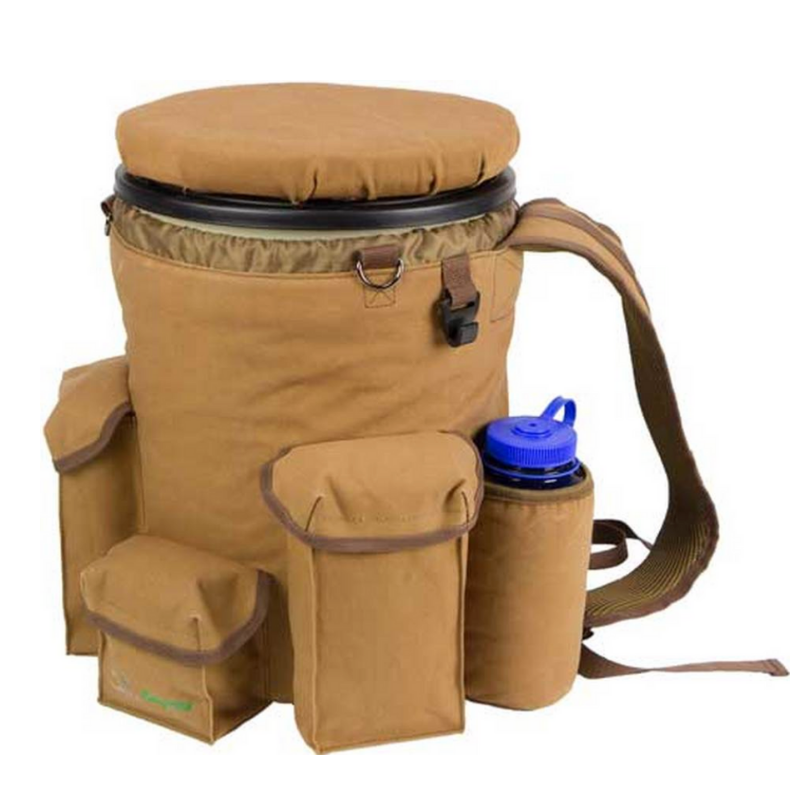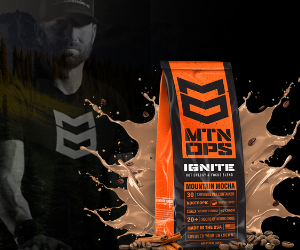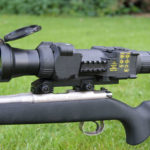Muskrats are one of the most commonly trapped animals in the United States. Their soft fur and abundant populations across much of the country make them a desirable target for trappers. Muskrat has long been a delicacy enjoyed by outdoorsmen going back to the early settlers centuries ago.
Muskrats can be found over a wide range of territory and are fairly easy to locate since they stay near or in wetlands around lakes and rivers. Muskrat sign is easy to spot and their dens and general habitats are distinct and easily-located by trappers.
Muskrats are one of the largest rodents in North America and can grow to be nearly 5 pounds in weight. They often share their habitats with beavers as the two species will seek out the wetlands that offer abundant supplies of cattails and yellow water lilies, which make up much of the muskrat’s diet.
How to Trap Muskrats 101
Here is a guide on how to trap Muskrats down to the basics of where to find them to the different types of traps that are going to work best.
A super easy and convenient way to carry trapping supplies out to the woods.
Where to trap muskrats
Muskrats get their name from the strong, musky smell they carry. They are commonly found in or around the edges of lakes, ponds, and rivers. They are very easy to trap as muskrats stick to a very specific regimen and localized habitat near their dens. Muskrats create these dens by burrowing into the banks of lakes and rivers. They will also create mounds in marshes by piling up mud and debris.
Muskrats typically live in pairs of one male and one female. They work effectively as a team to both build their dens or mounds, raise their young, and find food throughout the year as muskrats do not hibernate like most mammal species.
Related Article: Beaver Trapping 101
How to trap muskrats
Coil-spring foothold traps, longspring foothold traps, and bodygrip traps can be used to effectively trap muskrats. There are many different ways to set these traps to successfully trap muskrats in any habitat where they can be found. Depending on the different type of muskrat habitat you’re targeting, you will want to use a specific type of trapping strategy in order to be successful.
Trail Set
Muskrats are well-known for creating trails in the shallow wetlands they inhabit. These trails are well-defined and can be seen fairly easily by trappers, making it a great spot to set your trap. It’s often good to find a narrow spot in the trail or a place where it bottlenecks to make sure you have a better chance of trapping a muskrat using this method.
Place a bodygrip trap in the middle of the trail and use some nearby vegetation to help hide the trap from view of passing muskrats.
When using this method, it is necessary to be aware of water levels and whether or not your trap could be exposed and remain unused by muskrats. It’s also important to pay attention to whether or not the area you’re trapping in is prone to freezing as the frozen ice might not leave muskrats enough room to pass underneath.
If the area you’re trapping in has different water levels during the day, it’s a good idea to set your trap a few inches below the daytime water level.
Related Article: Mink Trapping 101
Float sets for muskrat
Muskrats can often be found lounging around on floating logs in lakes or ponds, and even rivers. Veteran trappers often are able to identify logs that muskrats like to use and place traps on these logs to successfully trap their prey.
Some trappers even opt to create a homemade platform for muskrats to lay on near their dens and use this structure to trap them on. Either way, you’ll want to look for a log that’s floating over water that’s a few feet in depth. Downed trees along the edge of a lake sometimes make perfect locations to set float traps as they offer plenty of space for muskrats to climb on.
Set a foothold trap on top of the log where it won’t be knocked off by muskrats or turtles. Sometimes it’s best to set your trap where there’s a branch on the log that creates a flatter portion for you to lay your trap on.
When a muskrat is trapped using this method, they will dive into the water and the trap should weigh them down enough to keep them in the same position. If you use this trapping method, be sure to remember where you’ve set your traps or use markers.
Feed Bed Trap Sets
Look for piles of plant scraps where muskrats like to regularly feed if you want to use a feed bed set. Use a stick to place in the bottom of the marsh and attach your trap chain to. A coil spring trap is best for this kind of trap set. Keep in mind that raccoons and other animals sometimes use feed beds, so make sure your trap is submerged and more likely to catch a passing muskrat.
Related Article: Raccoon Trapping 101
Bank Den Sets
One of the best trap sets for muskrats is the bank den set. This one is also the most popular as it offers a higher likelihood that you’ll catch your prey since muskrats pass into and out of their dens several times each day.
Use a stick to jam down into the mud in front of the den to connect your trap to. Place a bodygrip trap in front of the entrance of the hole. When you plan to use this method, look for freshly disturbed dirt or mud around the front of the den to make sure that you’re setting your traps in front of an active den.
Slide Set Traps
Look for areas where muskrats will enter and exit the water near their dens. Using a foothold trap, place your trap about two or three inches deep and have the jaws parallel to the bank. Be sure to wire your trap to a stick or log near the slide so the muskrat doesn’t make off with your trap. The weight of the trap should ensure that the muskrat is pulled to the bottom and dies quickly after the trap goes off.
Related Article: Coyote Trapping 101
And That is Muskrat Trapping 101
Best of luck to all fellow trappers! Thank you for reading.









